I know who the real drug lords are: not the guys chopping off heads in Mexico or ambushing the US military in Afghanistan. The real drug lords are the pharmaceutical giants, whose sales extend into the hundreds of billions every year. This post was originally going to be just about the wacko meds that were sold to our ancestors over the past century or so, but in doing a little research I cam up with some astounding figures that illustrate just how far these companies have come when it comes to global drugs sales – the “legal” kind. The US market alone accounts for over 40% of drugs sales in the world – in 2011, US prescription sales were $319,900,000,000, excluding any “Over The Counter” medicines sold, aka Tylenol, NyQuil etc. (1). The global sales of prescription drugs (again, excluding OTCs) hit a high of 856,086,000,000 in 2012 (2). Compare this to an estimated $300 billion illegal sales of heroin, cocaine and marijuana in 2012, and the illegal drug market no longer looks so lucrative (3). The funny thing is, many illegal drugs today were invented by these pharmaceutical giants – take heroin, for example, invented by Bayer in 1898 and sold for use as a cough syrup. They now boast sales of €40,000,000,000 per year for Bayer Group, not to mention money they rake in from their side projects like CropScience, research and development for GMO crops (4). Companies like Bayer, or the current largest pharmaceutical company in the world, Novartis International AG, are directly linked to the destruction of human health through products they once manufactured, and probably still do. Novartis International AG was once CIBA-Geigy, who were one of the major manufacturers of DDT in the US. DDT has been linked to diabetes – Novartis now makes diabetes drugs as one of its major focuses; DDT has been linked to breast cancer – Novartis sold $937 million in breast cancer drugs in 2007, plus it manufactures other cancer-related drugs (5).
These companies have a long track record for not giving a shit about human health, despite their claim to improve lives. Not so long ago, babies were given morphine for teething until sudden death became a side effect and depressed, captive housewives were given meth until serious addiction became a side effect…then these drugs went underground. Below find a fascinating list of 10 drugs that were routinely sold to consumers in the 19th and 20th centuries by big pharma and its ancestors – and remember that the research and development required for drugs to make it on the market today, especially in the US, is more geared towards turning a profit rather than making you healthy. However, I do acknowledge that there are circumstances that do require prescription drugs, especially as someone who has experienced serious chronic illness and cancer in my family. But the vast majority of these drugs are overprescribed and do more harm than good to human health, or else their long term effects are completely unknown, and this list gives you an idea of the kind of slapdash medicine that’s often practiced in Western societies when it comes to pharmaceutical sales. In my opinion, good health is more about building your body’s strength from within than it is about medicating it within an inch of its life. Give me Apple Cider Vinegar, Tea Tree Oil, ginger, garlic and weed any day!

In the 19th and early 20th centuries, people suffering from any number of diseases and bodily discomforts could find what were touted as cures at their local pharmacy. Chloroform, cocaine, heroin and methamphetamine were offered as solutions for everything from sore throats and toothache to coughs, insomnia and depression. These substances were often highly addictive, dangerous, and sometimes deadly. Most are now tightly restricted – if not banned from the market. Take a look and see what the field of medicine was like not so very long ago, and perhaps consider it extra motivation to get the best medical degree possible.

Although giving little children cocaine to relieve toothache sounds outrageous today, the drug’s use in over-the-counter medication was seen as acceptable from the 1880s until the beginning of the 20th century. Sigmund Freud extolled the virtues of cocaine for its supposed ability to treat depression and impotence, while Coca-Cola’s initial popularity may have been due in part to it having the drug among its ingredients.
Many medicinal beverages and tonics began to contain cocaine – long-term users of which may suffer seriously disrupted eating and sleeping patterns, psychotic delusions and hallucinations, not to mention severe depression upon withdrawal. Cocaine was banned in the US in 1920, but by then the drug already had a well-established market.

Bayer Pharmaceutical Products invented heroin (diacetylmorphine) and started selling it from 1898. The drug now responsible for a high proportion of all drug overdose deaths was promoted as a cough suppressant as well as a better and safer substitute for morphine and codeine. Heroin was welcomed with open arms as an effective remedy – this being an age when pneumonia, tuberculosis and even the common cold were scourges – and doctors by the thousand were sent free samples to try.
Nevertheless, no sooner than 1899, stories began emerging of people becoming tolerant to the drug, and over the following few years, addiction cases started to be reported. Bayer stopped manufacturing heroin in 1913, and it was banned in the US in 1924.

Kimball White Pine and Tar Cough Syrup, which contained four minims of chloroform, was marketed as an effective tonic for cold symptoms and bronchitis. Indeed, as early as 1847, chloroform was used to relieve asthma symptoms and as a general anesthetic.
But despite the drug being hailed as a good substitute for ether, cases emerged of chloroform causing fatal cardiac or respiratory arrest. Multiple patients died after breathing it in, prompting doctors to revert back to using ether. In spite of this, however, chloroform was still used in mouthwashes and ointments. Eventually, in 1976, the Federal Drug Administration prohibited the use of chloroform for human consumption after the substance was found to cause cancer in lab animals.
In 1849, Mrs. Charlotte N. Winslow launched her Soothing Syrup in Maine. The cocktail, which combined ingredients such as sodium carbonate and aqua ammonia, may have been relatively harmless – except for one point: it contained 65mg of morphine per fluid ounce. The syrup was advertised as providing relief for children who were teething, and one mother wrote to The New York Times claiming its effect on her son was “like magic; he soon went to sleep, and all pain and nervousness disappeared.”
Unfortunately, children ran the risk of being put to sleep permanently as a result of morphine overdose. The American Medical Association denounced the syrup as a “baby killer” in 1911, although it remained on the market in the UK until 1930.

Ergoapiol was a medicine made from ergot and apiol that was sold in the early 1900s to treat menstrual irregularities. Ergot is a type of fungus that grows on rye grain. From medieval times, it was used to control bleeding after childbirth and, in some cases, to bring about abortions. It can be incredibly toxic, however, as it is capable of reducing blood circulation to such an extreme that gangrene takes hold. Ergot may also cause hallucinations.
Apiol is derived from celery leaves and parsley. In small doses it can induce abortions and treat menstrual disorders, but in large quantities it may damage the liver and kidneys.

The barbiturate known as pentobarbital was invented in 1928, and the brand name Nembutal was first used by Dr. John S. Lundy in 1930. The advertisement above claims that Nembutal is an excellent drug to use “when little patients balk at scary, disquieting examinations” and “when they’re frightened and tense.”
Although pentobarbital is an FDA-approved sedative and is used to treat seizures and insomnia, it would seem dangerous to utilize it to treat nervous children (by inserting it as a suppository). Not only can pentobarbital impede thinking and slow reactions, it can also be addictive, while overdoses may be fatal.

Quaalude-300 was a brand name for methaqualone, a drug first patented in the US in 1962. It was prescribed as a sedative, a muscle relaxant and as treatment for insomnia. Come 1965, it was the UK’s most frequently prescribed sedative, and by the early 1970s, it ranked sixth on the list of best-selling sedatives in the US.
The advertisement above claims that Quaalude-300 is a non-barbiturate, and while this is true, the drug does have barbiturate-like effects. Methaqualone depresses the central nervous system, reduces heart and respiration rates, and numbs the fingers and toes. Frequent users of Quaalude-300 could have developed a tolerance to the drug, and methaqualone overdoses can also result in death. In the late ‘60s and early ‘70s, people increasingly used the drug recreationally, and it has been off the market in the US since 1982.

During the mid-19th century, two prominent physicians began to champion smoking as a treatment for asthma. One of them, English doctor Henry Hyde Salter, believed that asthma was caused by nervousness or excitement, which were said to lead to spasms of the bronchial tube muscles.
Salter advocated a range of so-called treatments, including the use of stimulants, to draw what he called “morbid activity” from the lungs. He also recommended taking tobacco as well as sedatives like chloroform and stramonium to relieve and suppress irritation. As we now know, smoking can in fact exacerbate asthma – and indeed trigger asthmatic attacks – rather than relieving it.

Laudanum is an alcoholic extract containing around 10 percent powdered opium. A powerful narcotic and pain reliever, from as early as 1676 it was promoted as a remedy for various conditions, and by the 1800s it was used to treat everything from meningitis and menstrual cramps to yellow fever.
Babies were spoon-fed the drug, which an advertisement for Atkinson and Barker’s Royal Infants’ Preservative claimed provided relief for teething pain, bowel problems, flatulence and convulsions. It also said that laudanum was “no stupefactive, deadly narcotic” but rather a “veritable preservative of infants.” The ad failed to mention that, besides its addictive properties, laudanum can cause constipation, itching, respiratory distress, and constriction of the pupils. Although it is still available, its use is restricted both in the US and UK.

Norodin is one of the most frightening supposed medicines on this list. It was the brand name for methamphetamine, the potent drug withdrawal from which causes depression, and which is strongly associated with suicide when used for long periods of time.
The advertisement above claimed that Norodin was “useful in dispelling the shadows of mild mental depression” and that it has “relatively few side effects.” Never mind the fact that it can result in various alarming physiological effects, including anorexia, tooth grinding, irregular heartbeat, insomnia, abnormal blood pressure, heart attacks, and strokes. It is also extremely addictive and is one of the hardest dependencies to overcome. Surprisingly, methamphetamine is occasionally used today as a treatment for ADHD and obesity.



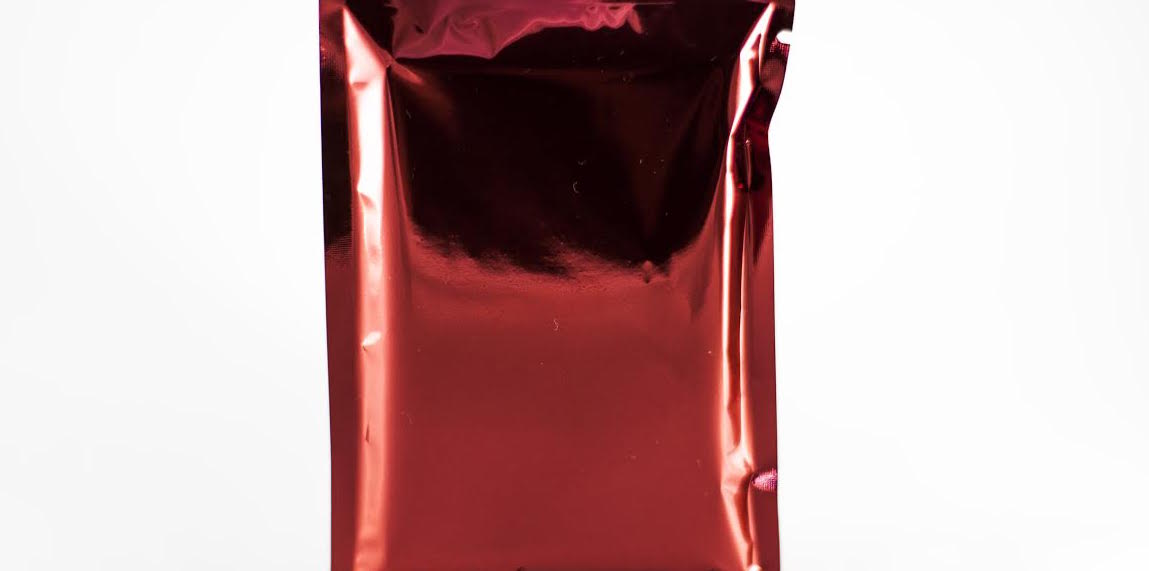
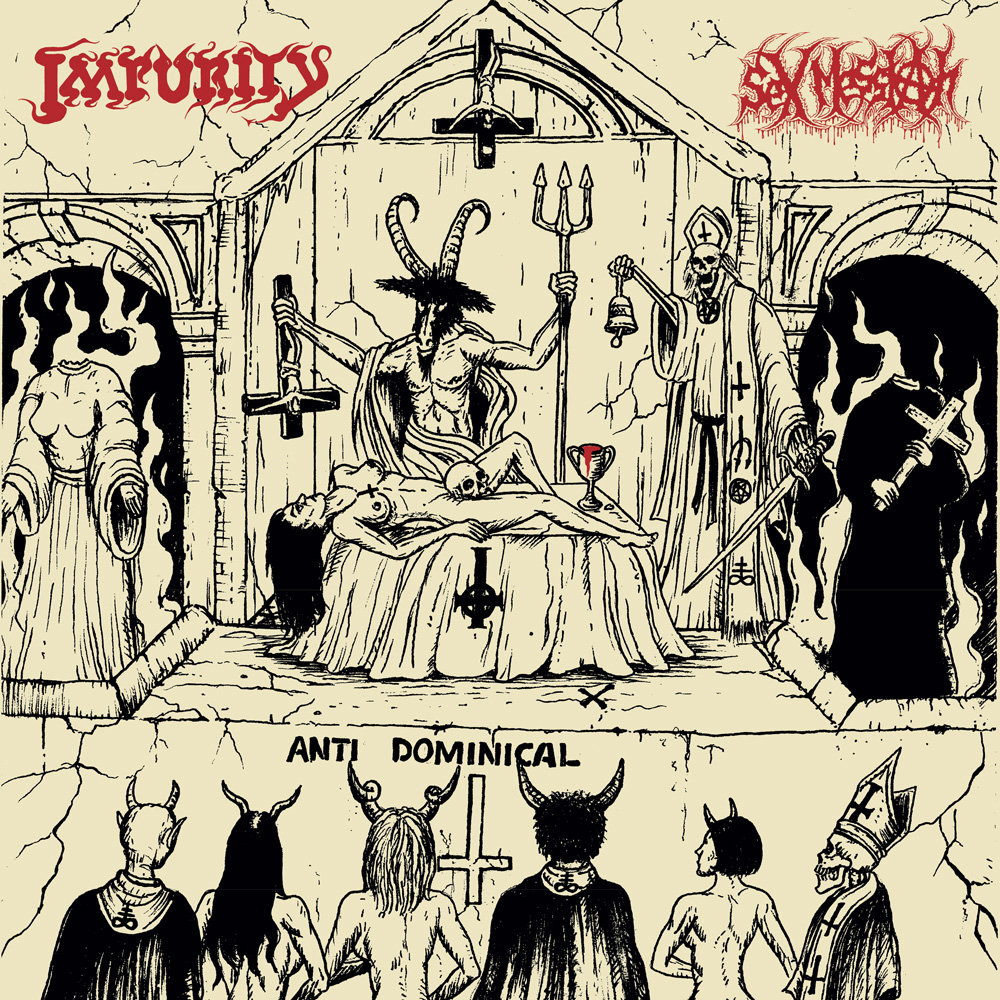

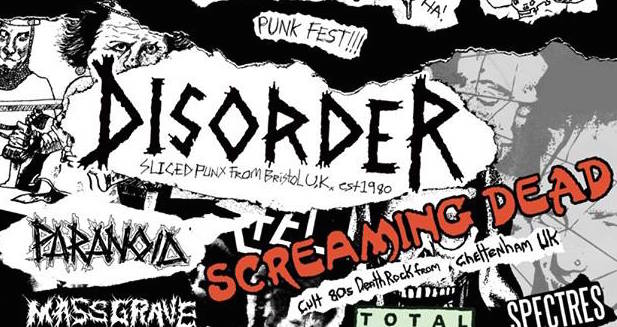


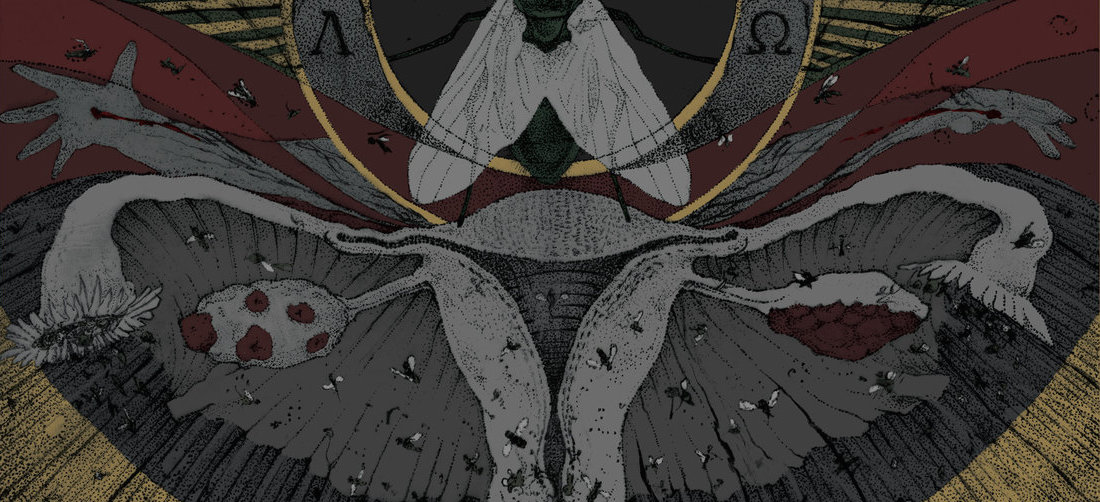
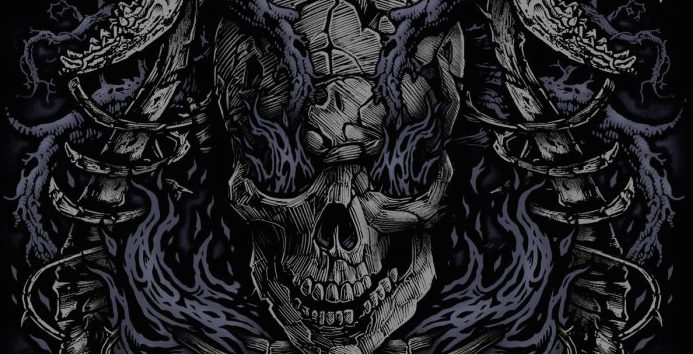

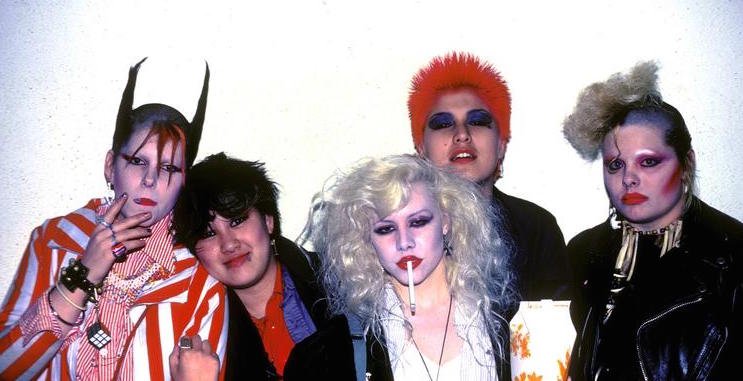






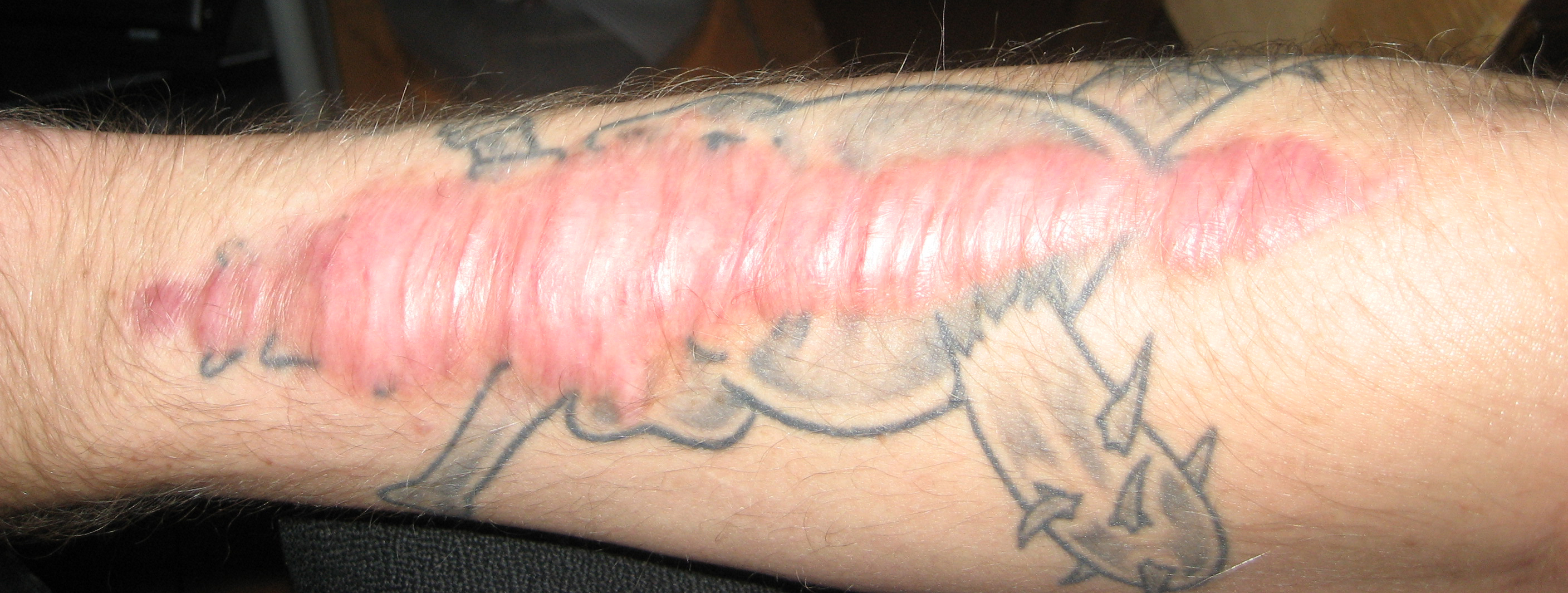

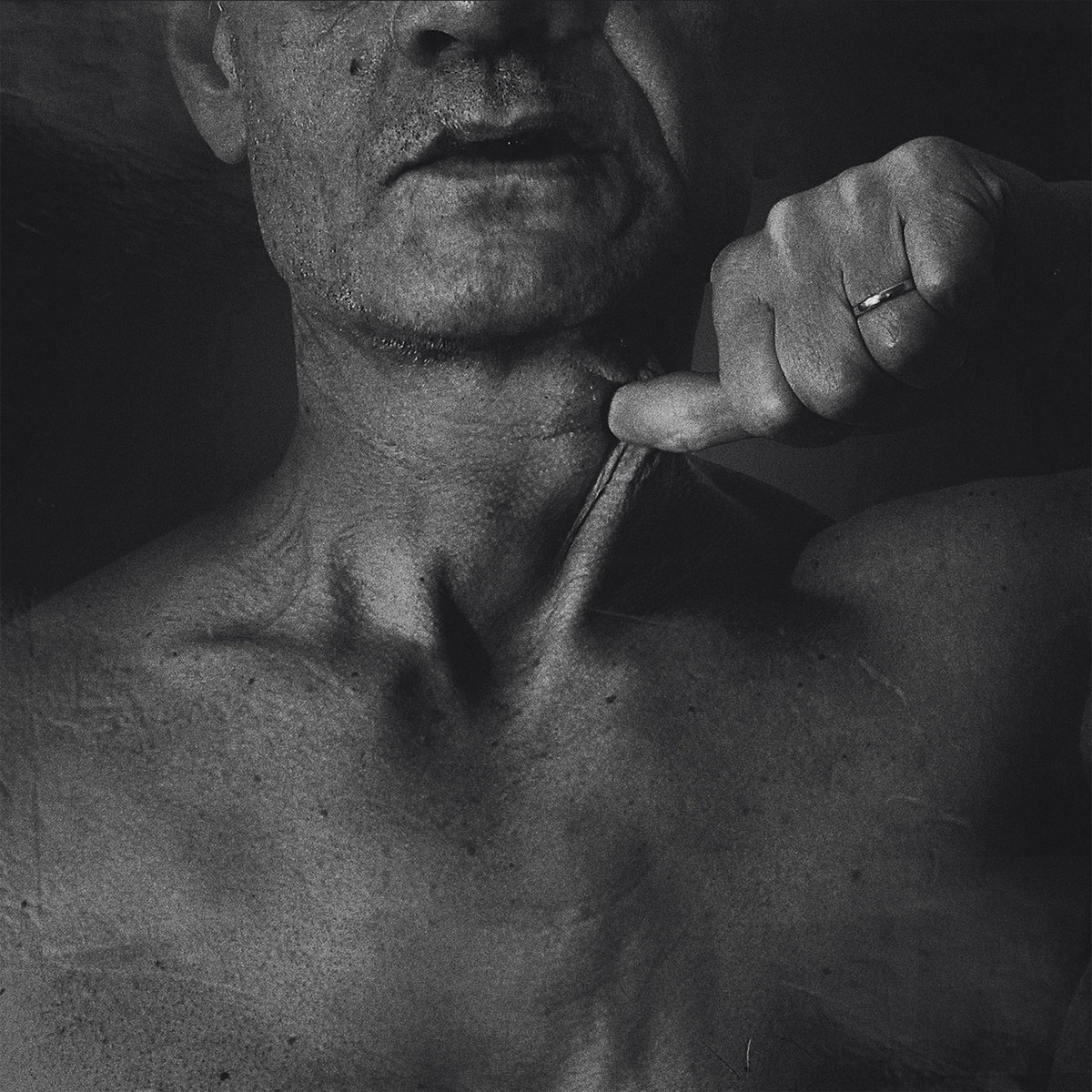







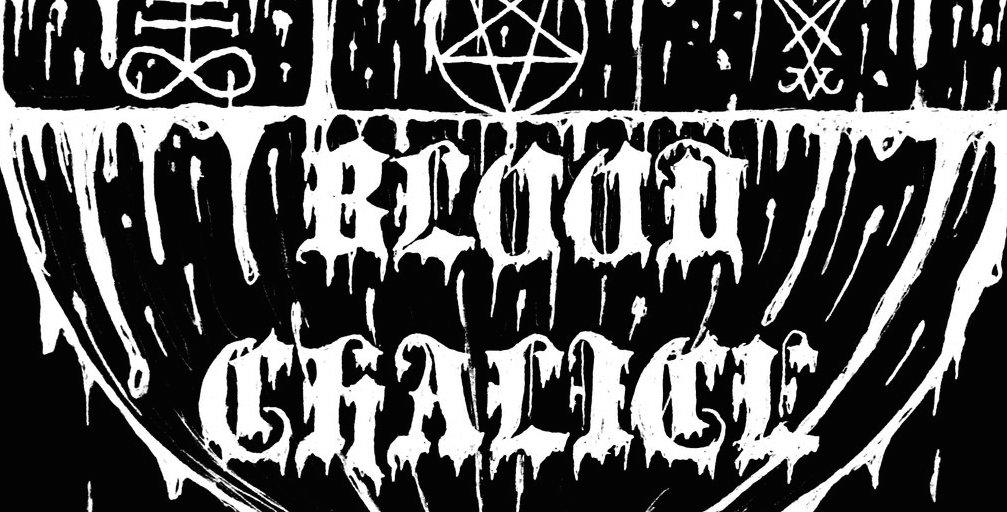





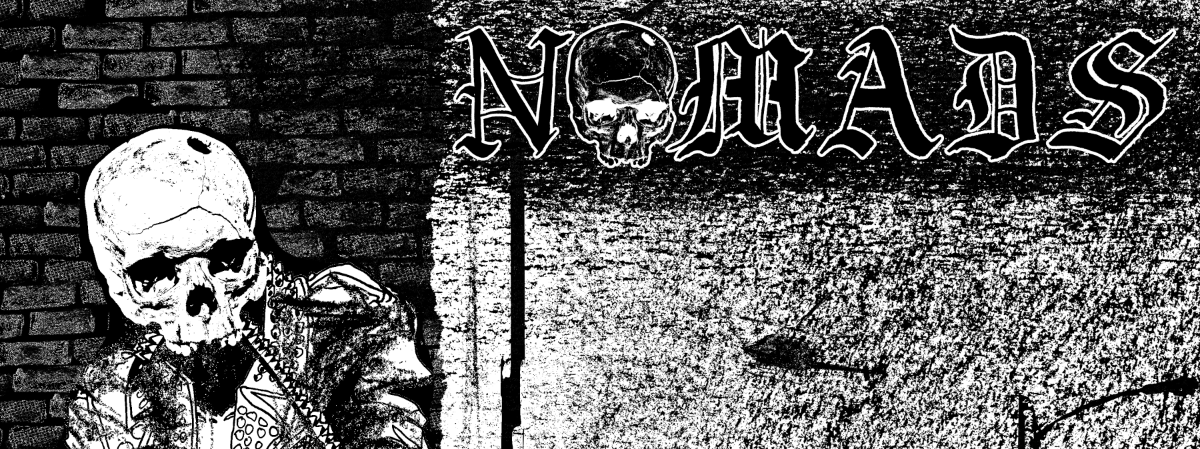






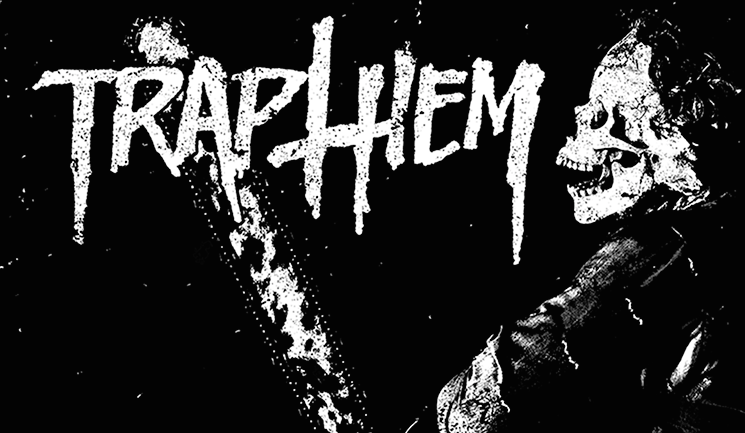



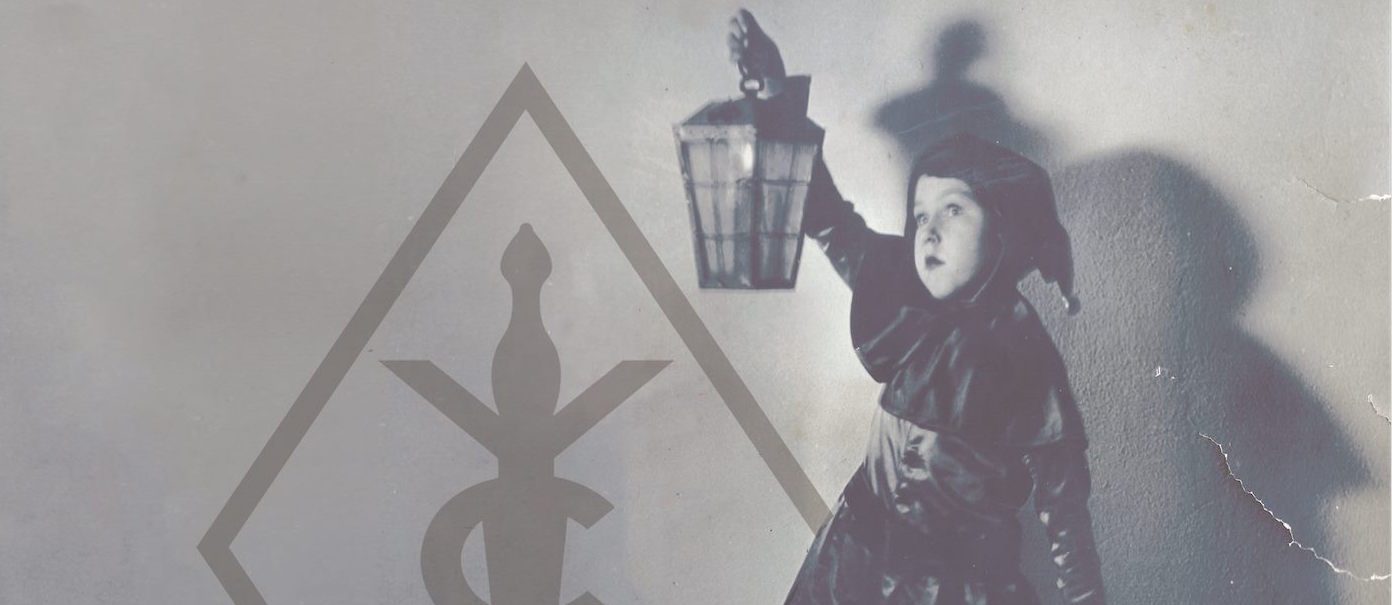



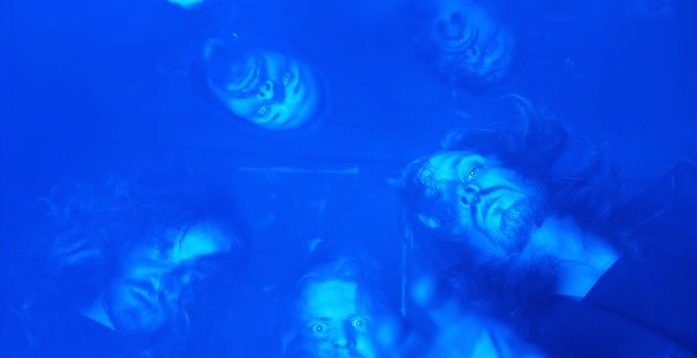

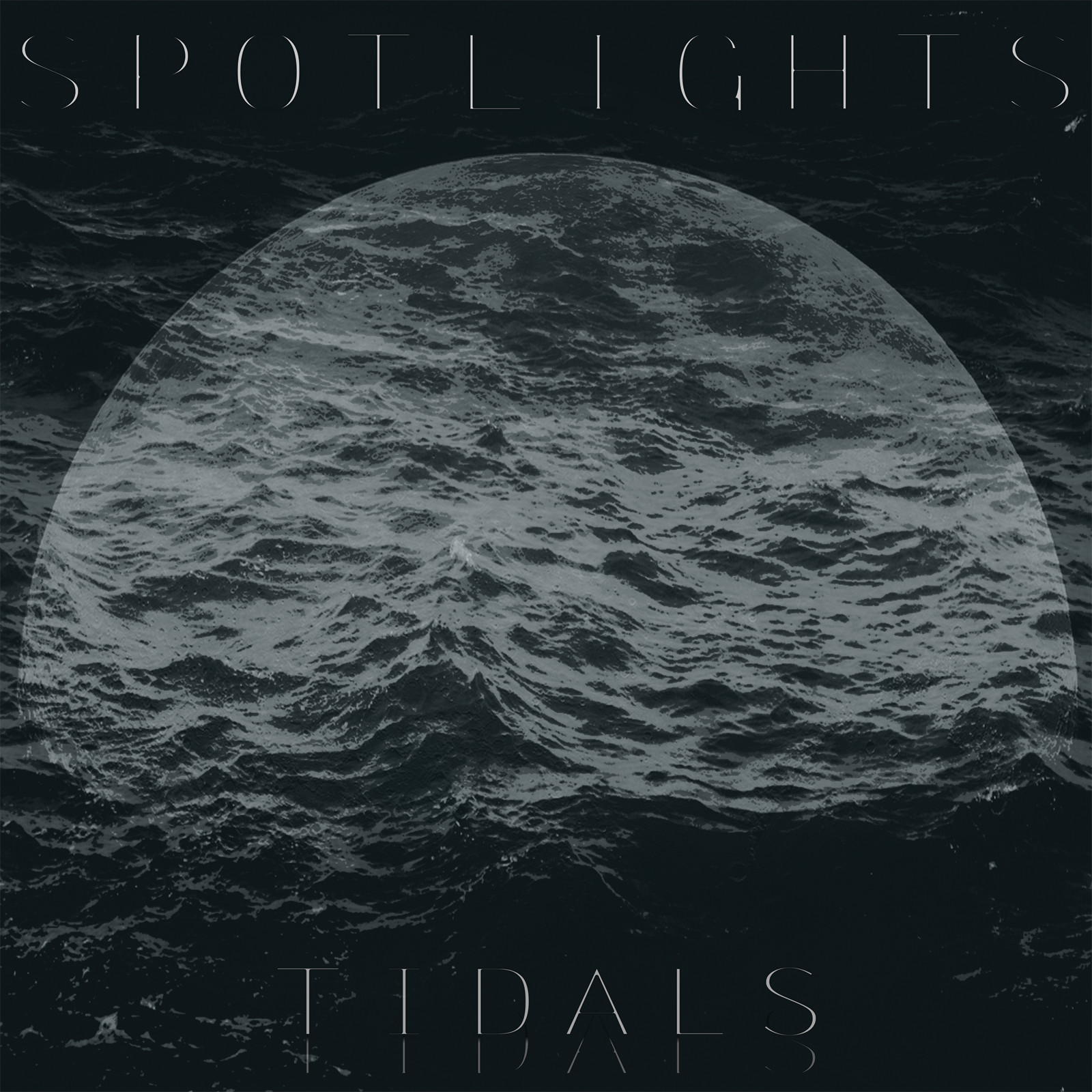


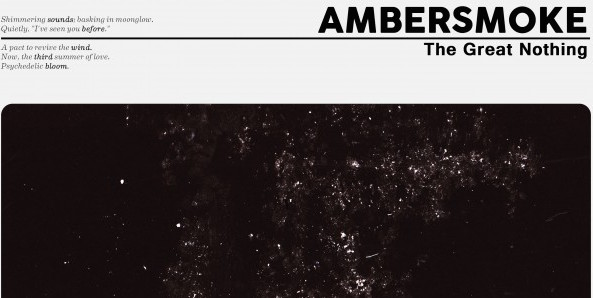
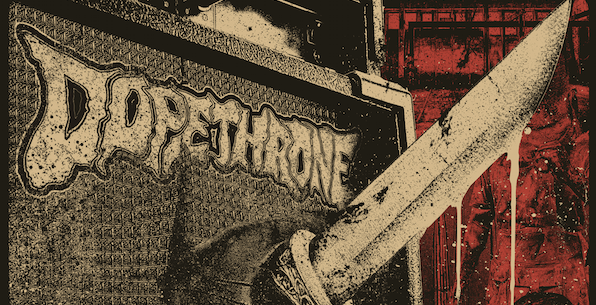



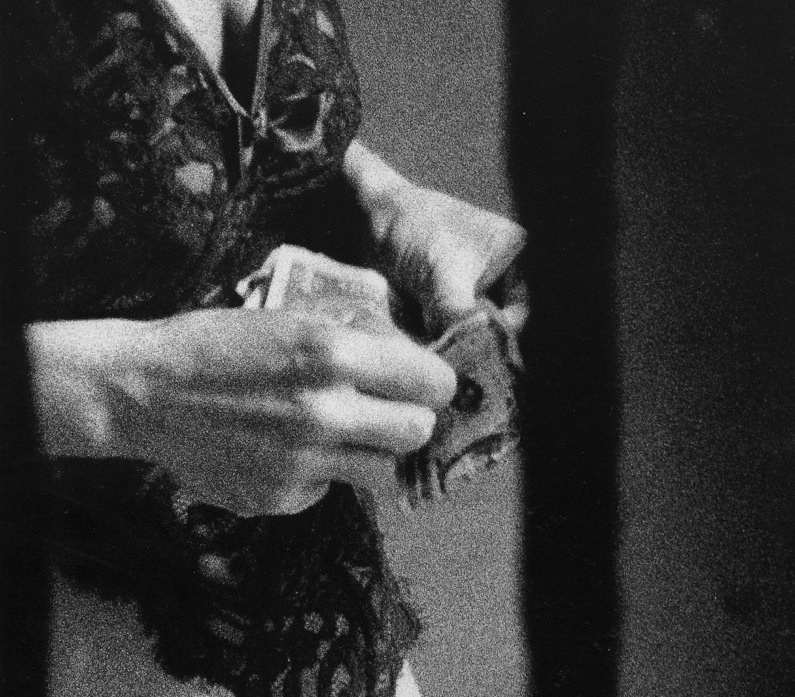



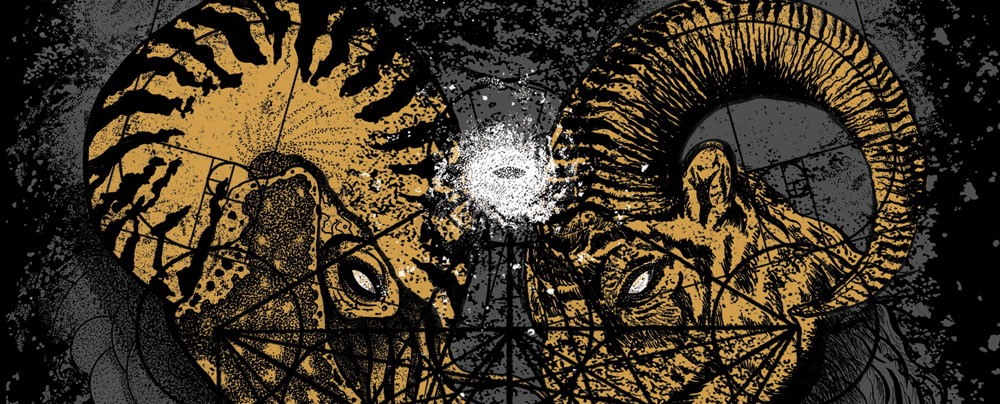

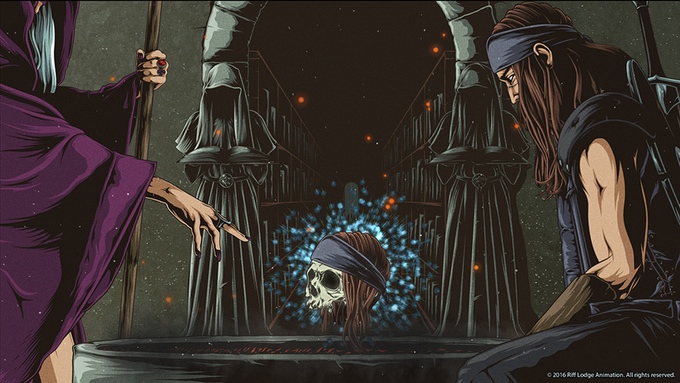
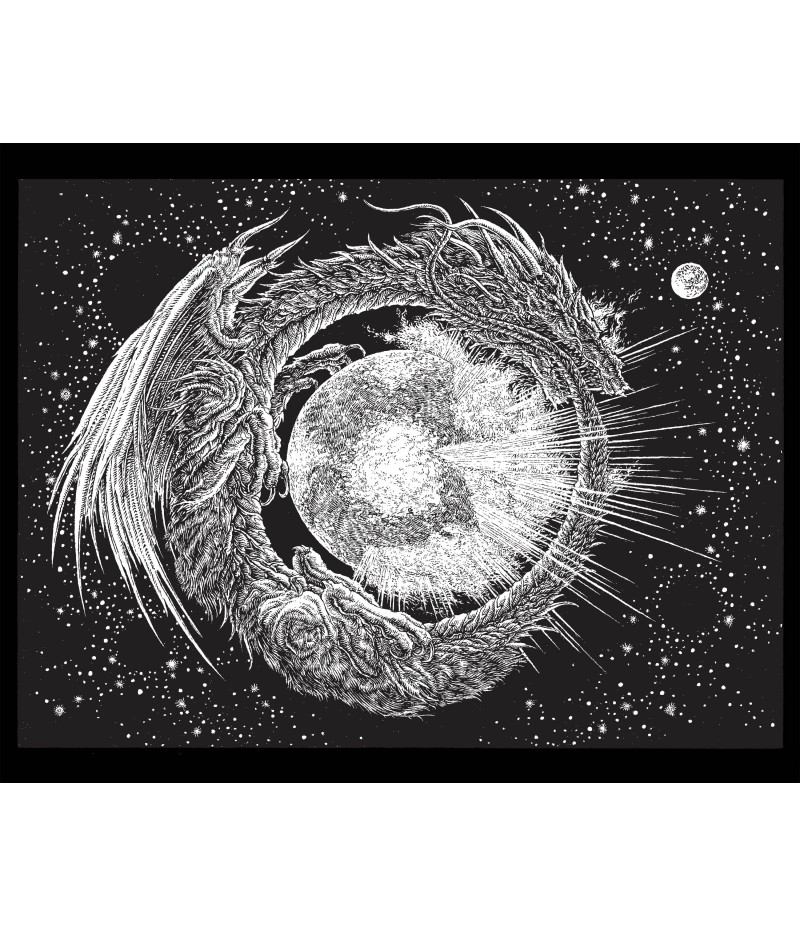



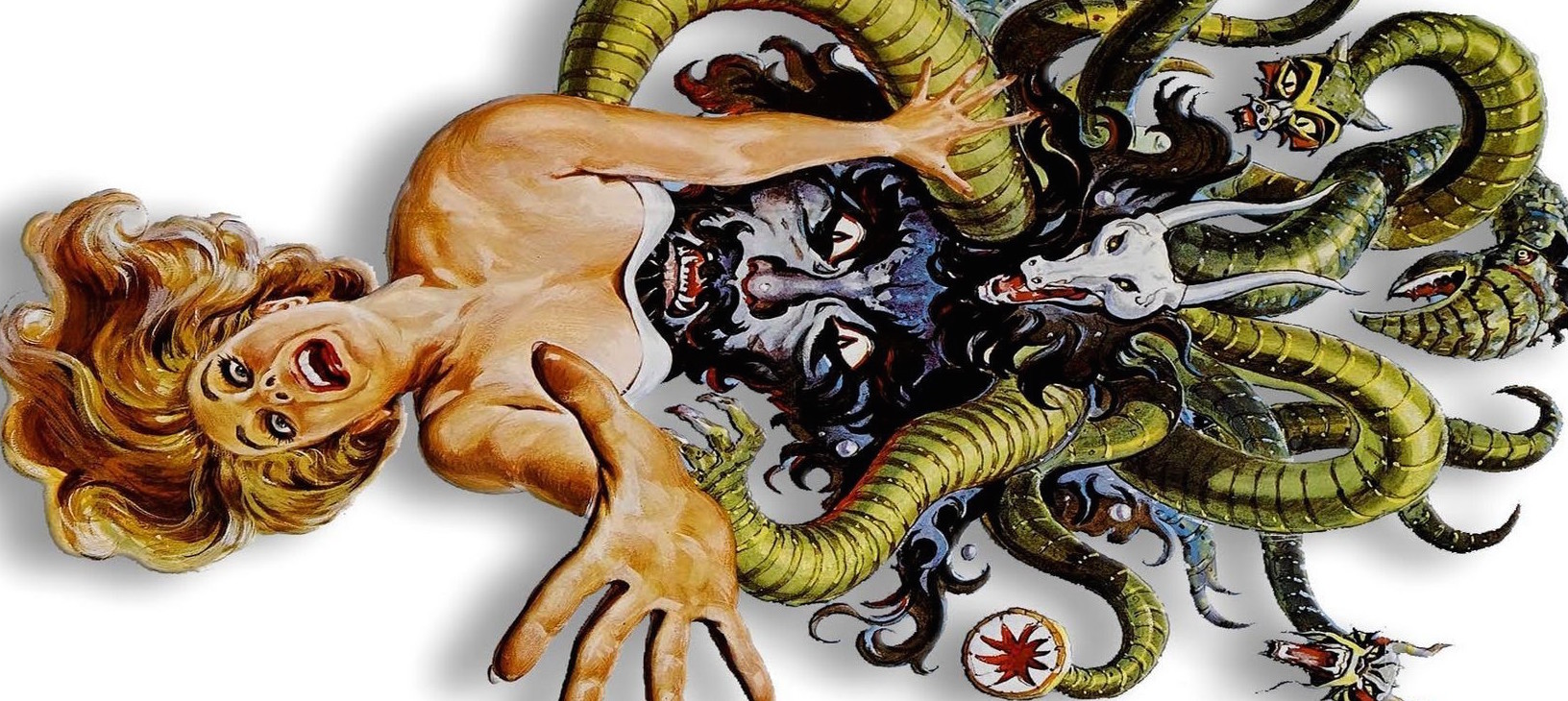

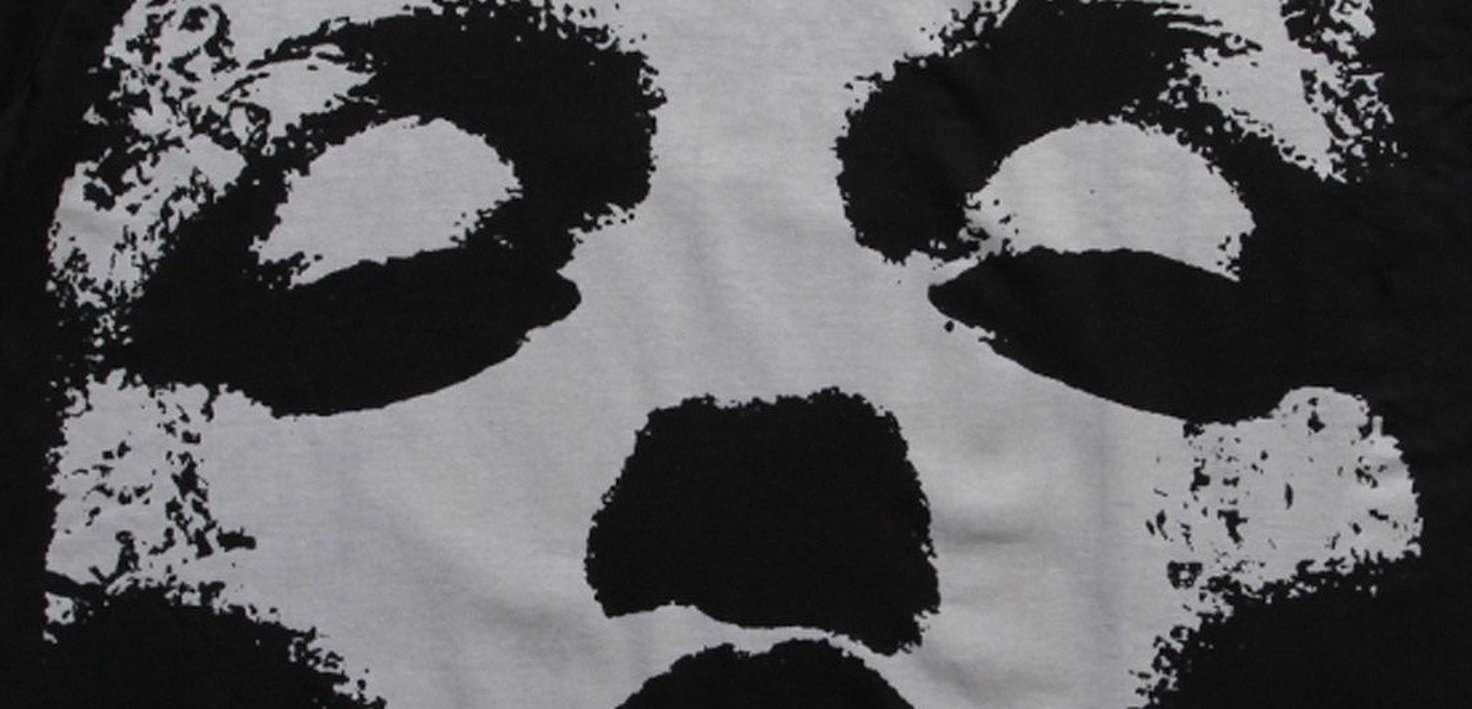




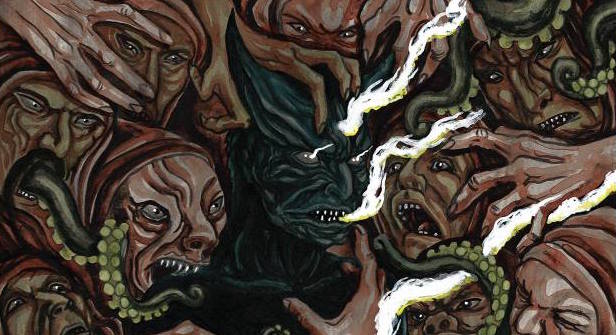












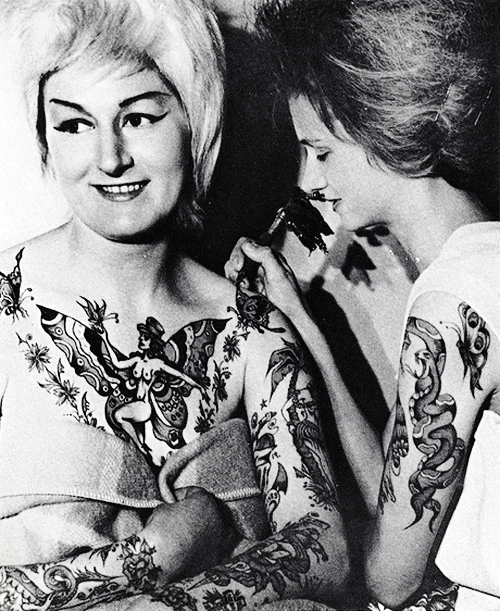

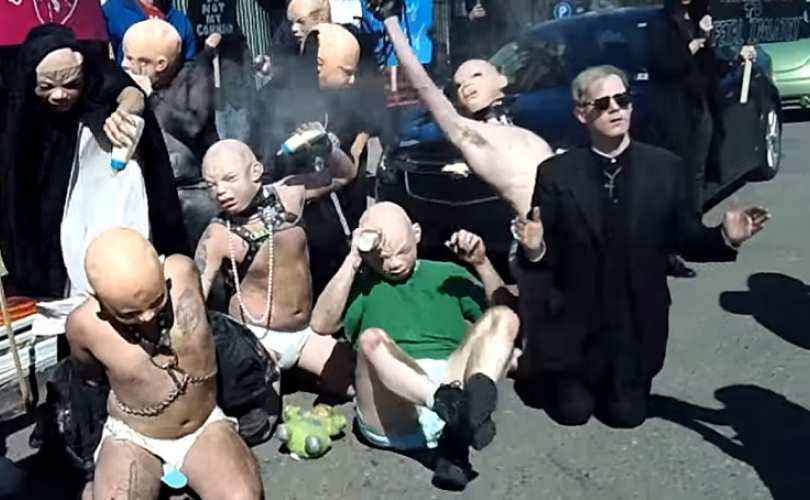





Burton
June 5, 2013 at 10:51 am
Methamphetamine is actually still used to treat ADHD more often than you would think, under the brand name Desoxyn today. Also, many opioid pain killers that we dispense in huge quantities for chronic and episodic pain all synthesize the same as heroin (to mso4) today… It’s a very delicate game of risk vs. benefit and many doctors seem to ignore risk. There is an entire culture of chronic pain patients whose entire lives essentially revolve around scoring their next fix, legally as prescribed by their reckless “pain management specialist”.
CVLT Nation
June 5, 2013 at 12:47 pm
Great point! The abuse of prescription meds was something I didn’t touch on in this article but surely plays a huge role in the massive sales they see in the pharma industry, growing every year. Not to mention the spokesperson bonuses the “top prescribing” doctors receive from the industry. Oh, but its much better than medical marijuana, right? 😉